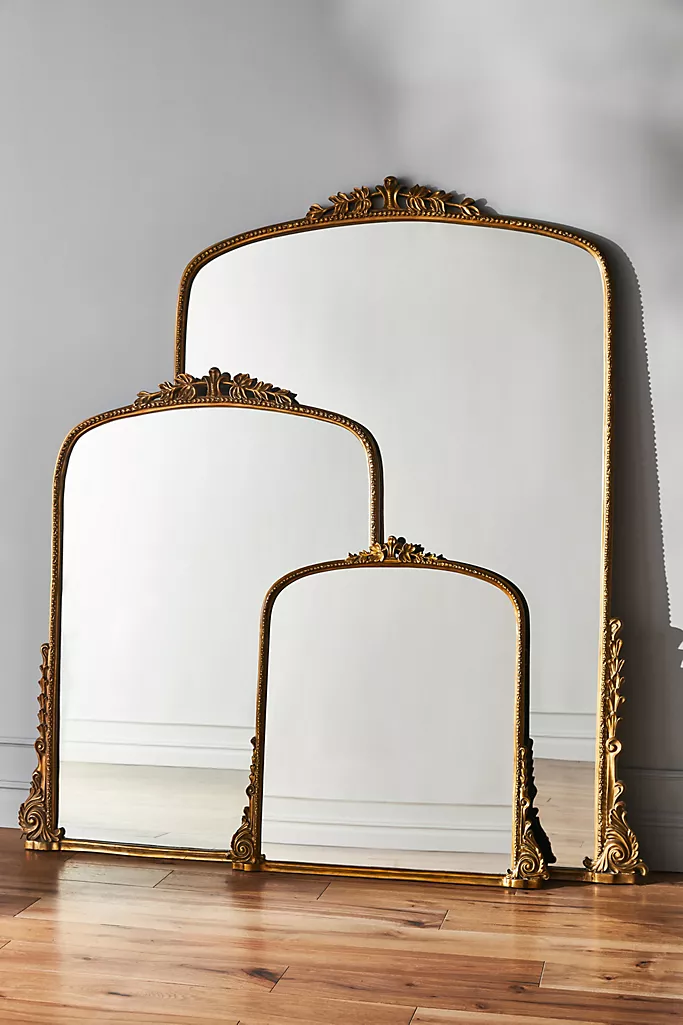Line Credenza, Large – Design Within Reach
Sleek design. Versatile storage solution. Louvered doors allows remotes to control devices inside. Through-bottom cord escapes so credenza can float within a room. Leveling floor glides.
- Sleek design.
- Versatile storage solution.
- Louvered doors allows remotes to control devices inside.
- Through-bottom cord escapes so credenza can float within a room.
- Leveling floor glides.
Additional information
| Small | Height (in): 29.5 |
|---|---|
| Large | Height (in): 29.5 |
| Matrials | Solid American walnut, white oak or painted ash frame |






by Glenn
Truly gorgeous.